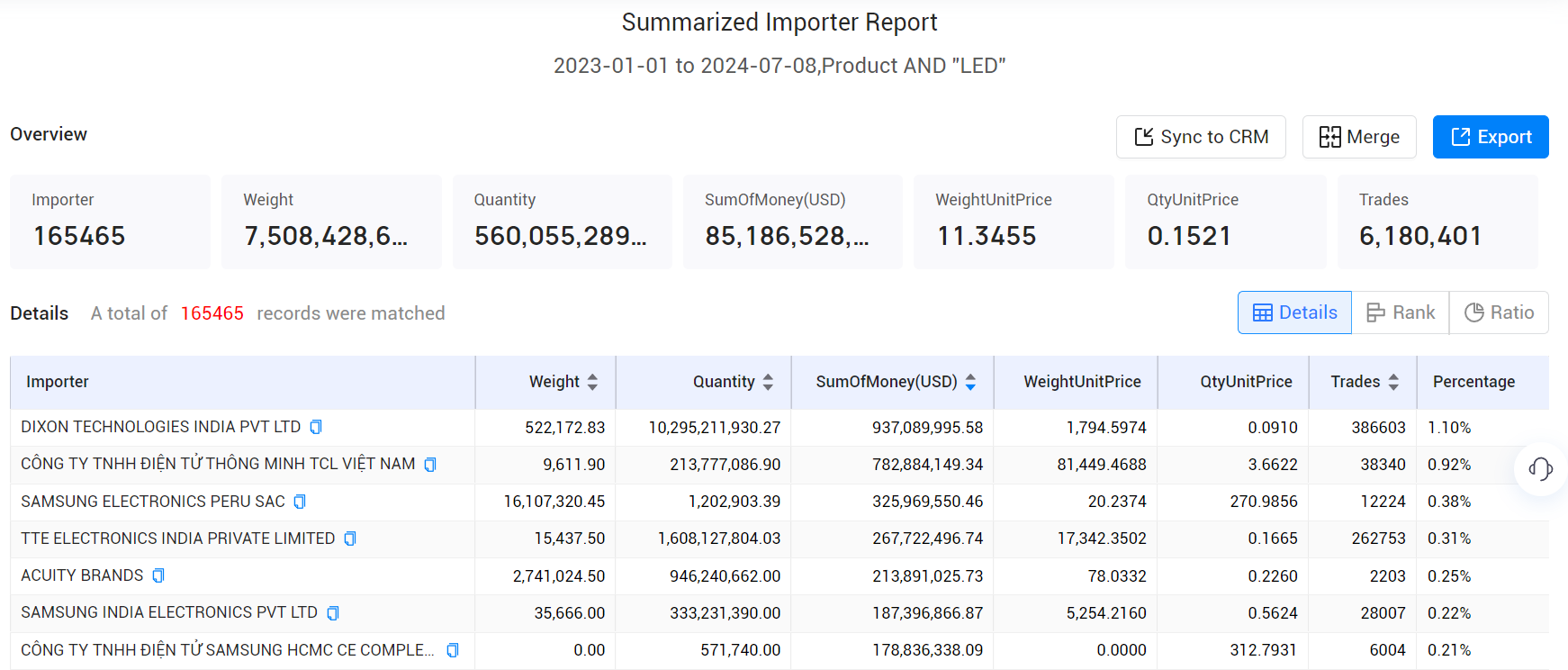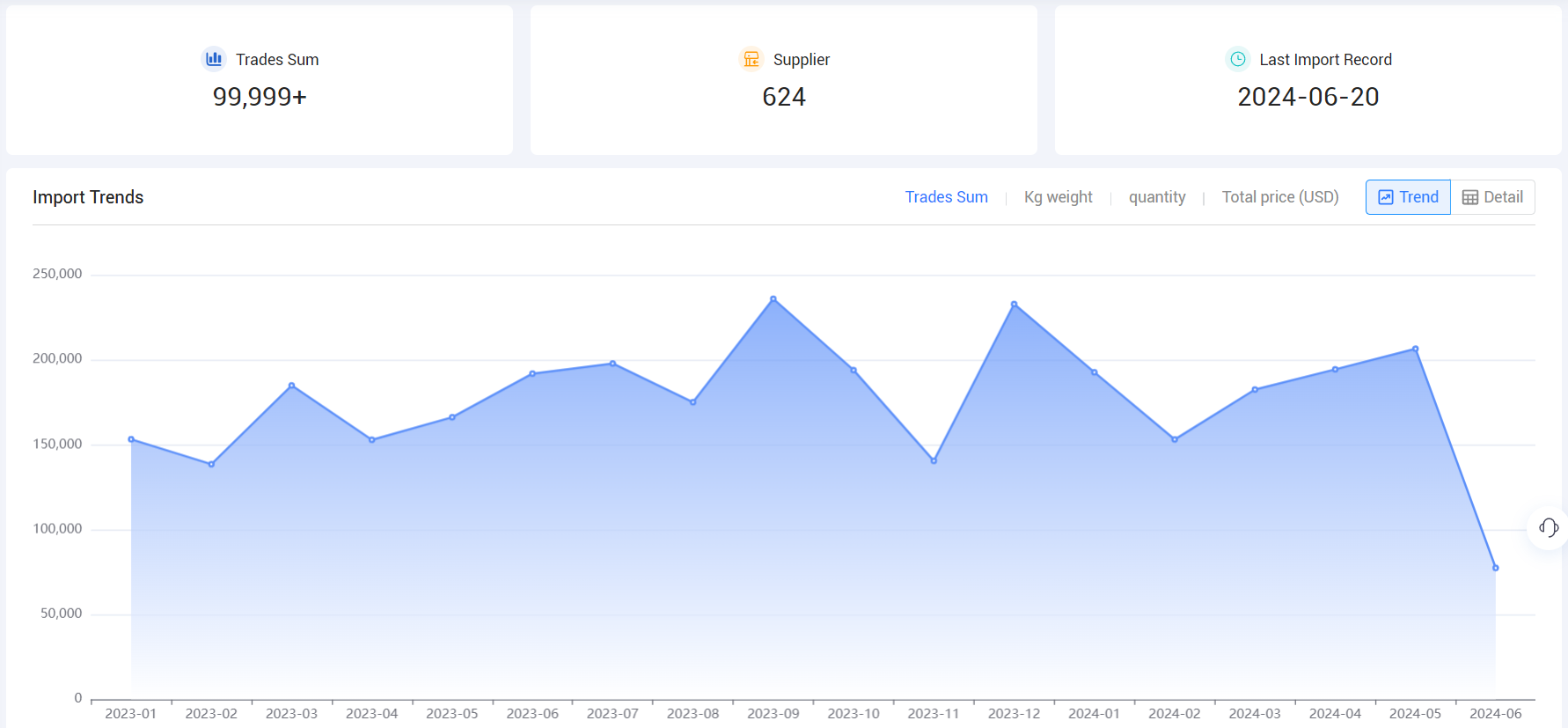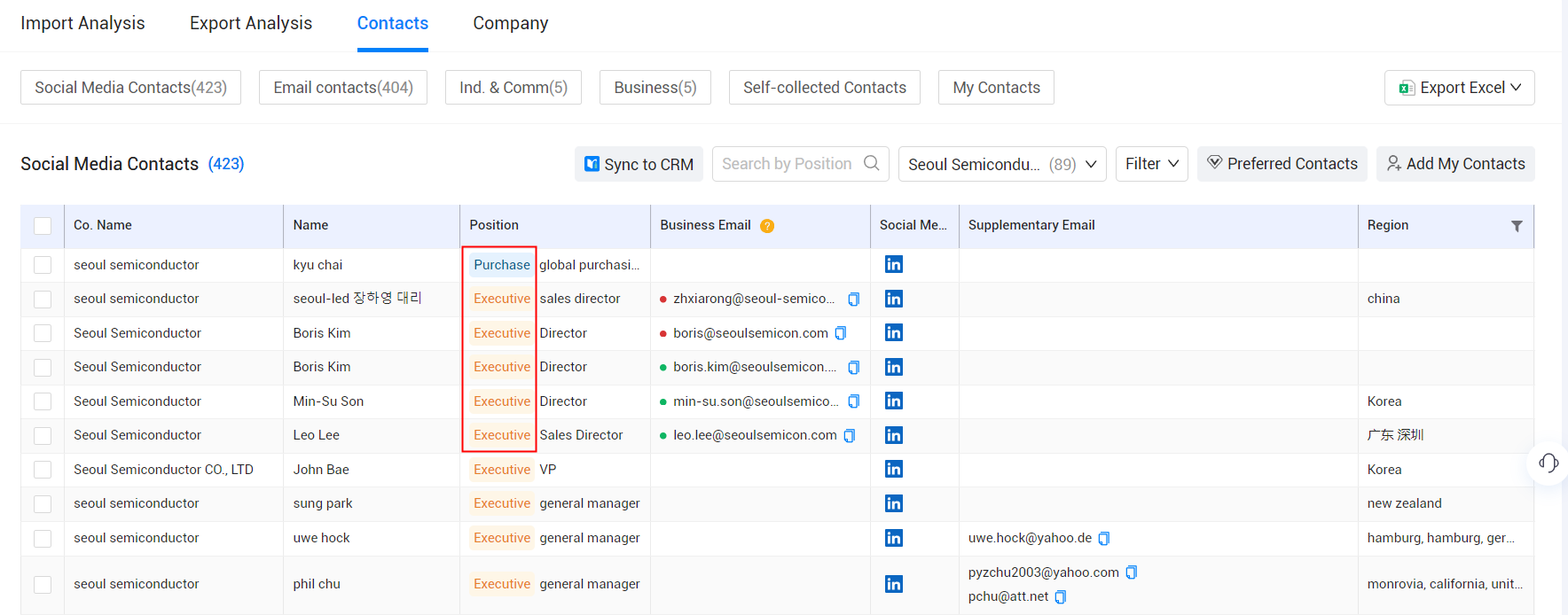 Trade Data Provider
Trade Data Provider
 09-07-2024
09-07-2024
In international trade, choosing the right method to develop customers is crucial. Each company's scale, stage, and product type will influence the approach they take. One significant resource that many are familiar with is customs data. Today, Tendata will explore how to effectively use customs data to develop high-quality global buyers.

I. Which Customers Are Suitable for Development?
1. Global Buyers in Urgent Need of New Suppliers
Knowing which buyers are purchasing your products doesn’t mean they are all suitable for development. Some buyers are very active in the market and have stable relationships, making them difficult to develop. The ideal customers to target are those with unstable supply chains who urgently need your products and whose procurement volume matches your supply.
2. Global Buyers in Their Purchasing Cycle
It's important to understand the purchasing cycles of global buyers and contact them at the most opportune time to increase your chances of success.
3. Finding End-Users
You might think that directly contacting global buyers means you've reached the end-users. However, many global buyers re-export your products to other countries. By analyzing customs data, you can identify if there are deeper layers of end-users to tap into, increasing your profits.
II. How Customs Data Can Help You Find Quality Global Buyers
Customs data can provide the following insights:
1. Industry Analysis: Understanding market trends and industry directions.
2. Competitors' Export Situations: Gaining insights into competitors' market shares and export dynamics.
3. Potential Buyers' Existing Partners: Knowing the current partners of potential buyers.
4. Urgent Procurement Groups: Identifying global buyers who currently need to procure products urgently.
III. Practical Steps
Next, we'll use Tendata customs data to demonstrate how to find quality global buyers.
1. Search Customs Data
Log in to Tendata customs data and enter the product keywords or HS code you want to search for, such as "LED". Review detailed information about global buyers, including buyer names, weight in kilograms, quantity, total price in USD, average price per kilogram, average price per unit, trade frequency, and proportion.

2. Select Suitable Global Buyers
Based on the first step, review the purchasing conditions of multiple global buyers and determine which customers are more suitable for development. Tendata provides detailed trade records for each company, allowing users to understand whether they are within the purchasing cycle of the company.
>>Get More Global Buyers from Tendata<<

3. Contact Suitable Global Buyers
Tendata customs data provides contact details for international trade companies. Compared to using free customs data and searching for company contact details through channels like LinkedIn and Instagram, Tendata provides executive contact information, allowing you to directly contact decision-makers.
>>Get Contact Informations from Tendata<<

FAQs
Q1: Can Free Customs Data Be Used?
A1: Free customs data is now very limited. Free data is often outdated, widely used, and thus highly competitive and difficult to develop. Free customs data usually doesn’t include contact information, requiring you to search through various channels, which is cumbersome. For more comprehensive customer information, a subscription is more beneficial.
Q2: Are There Any Search Tips for Customs Data?
A2: Use multiple keywords to search for more customer information; when dealing with non-English texts, use Tendata's built-in "translate" function to view more complete customs data; before contacting customers, you can use social platforms like LinkedIn to understand their educational background and work experience, helping to find common topics.
Category
Leave Message for Demo Request or Questions


 T-info
T-info T-discovery
T-discovery

 My
Tendata
My
Tendata Market Analysis
Market Analysis Customer
Development
Customer
Development Competitor
Monitoring
Competitor
Monitoring Customer Relationship
Customer Relationship





































































































































